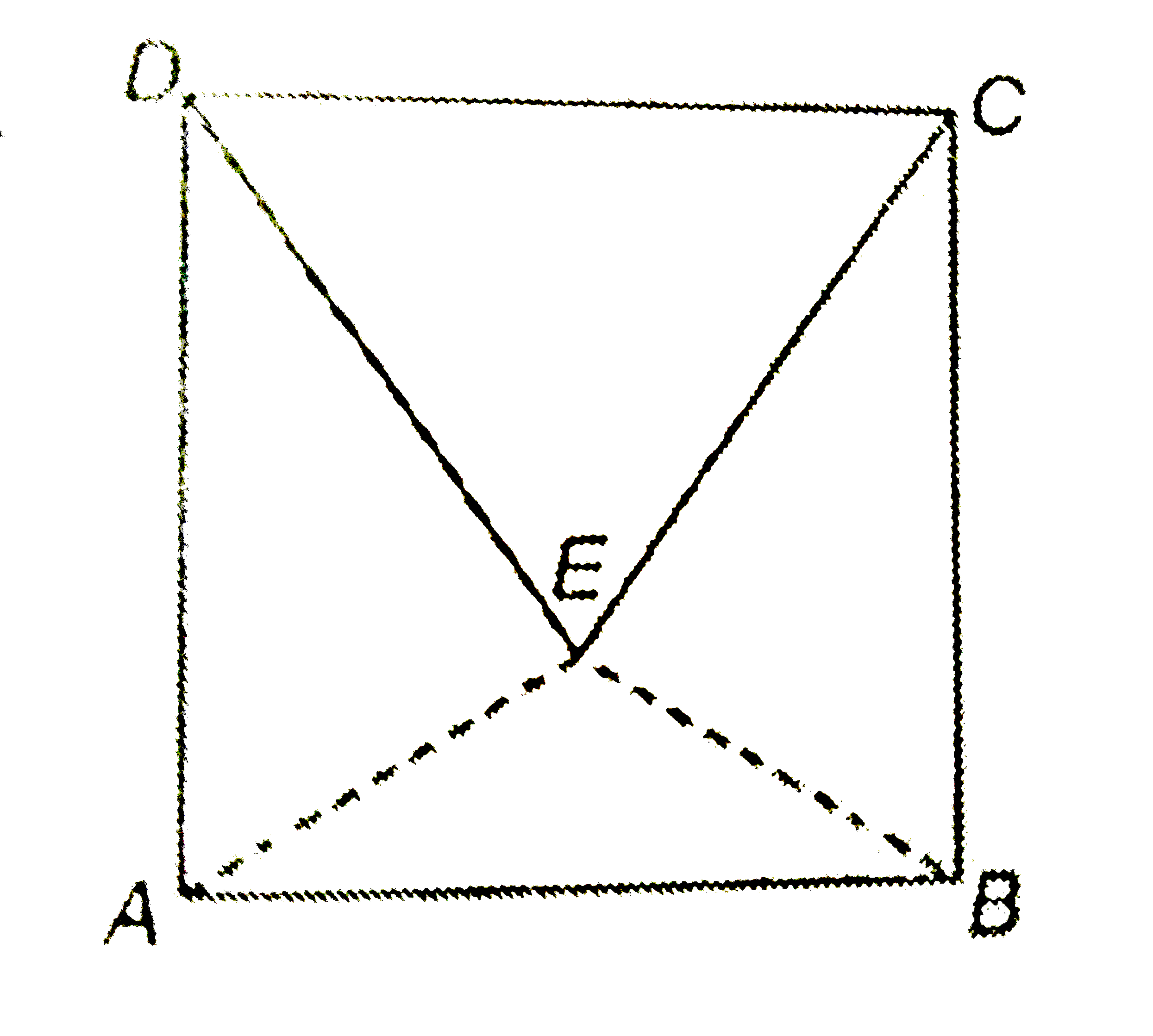Prove that
~(p∨q)≅~p∧~q
To prove that ¬(p∨q)≡¬p∧¬q, we will use a truth table to show that both expressions yield the same truth values for all possible combinations of truth values for p and q.
1. Define the Variables:
- Let p and q be two logical propositions.
2. List All Possible Truth Values:
- There are four combinations of truth values for p and q:
- p=0,q=0
- p=0,q=1
- p=1,q=0
- p=1,q=1
3. Calculate ¬p and ¬q:
- For each combination, compute the negations:
- ¬p will be:
- If p=0, then ¬p=1
- If p=1, then ¬p=0
- ¬q will be:
- If q=0, then ¬q=1
- If q=1, then ¬q=0
4. Calculate p∨q:
- The logical OR operation p∨q is true if at least one of p or q is true:
- p∨q will be:
- 0∨0=0
- 0∨1=1
- 1∨0=1
- 1∨1=1
5. Calculate ¬(p∨q):
- Negate the results of p∨q:
- ¬(p∨q) will be:
- If p∨q=0, then ¬(p∨q)=1
- If p∨q=1, then ¬(p∨q)=0
6. Calculate ¬p∧¬q:
- The logical AND operation ¬p∧¬q is true only if both ¬p and ¬q are true:
- ¬p∧¬q will be:
- 1∧1=1
- 1∧0=0
- 0∧1=0
- 0∧0=0
7. Construct the Truth Table:
- Now we can summarize our findings in a truth table:
| p | q | ¬p | ¬q | p∨q | ¬(p∨q) | ¬p∧¬q |
|---------|---------|---------------|---------------|-----------------|------------------------|---------------------------|
| 0 | 0 | 1 | 1 | 0 | 1 | 1 |
| 0 | 1 | 1 | 0 | 1 | 0 | 0 |
| 1 | 0 | 0 | 1 | 1 | 0 | 0 |
| 1 | 1 | 0 | 0 | 1 | 0 | 0 |
8. Conclusion:
- From the truth table, we see that the columns for ¬(p∨q) and ¬p∧¬q are identical. Therefore, we conclude that:
¬(p∨q)≡¬p∧¬q
- Let p and q be two logical propositions.
- There are four combinations of truth values for p and q:
- p=0,q=0
- p=0,q=1
- p=1,q=0
- p=1,q=1
- For each combination, compute the negations:
- ¬p will be:
- If p=0, then ¬p=1
- If p=1, then ¬p=0
- ¬q will be:
- If q=0, then ¬q=1
- If q=1, then ¬q=0
- The logical OR operation p∨q is true if at least one of p or q is true:
- p∨q will be:
- 0∨0=0
- 0∨1=1
- 1∨0=1
- 1∨1=1
- Negate the results of p∨q:
- ¬(p∨q) will be:
- If p∨q=0, then ¬(p∨q)=1
- If p∨q=1, then ¬(p∨q)=0
- The logical AND operation ¬p∧¬q is true only if both ¬p and ¬q are true:
- ¬p∧¬q will be:
- 1∧1=1
- 1∧0=0
- 0∧1=0
- 0∧0=0
- Now we can summarize our findings in a truth table:
|---------|---------|---------------|---------------|-----------------|------------------------|---------------------------|
| 0 | 0 | 1 | 1 | 0 | 1 | 1 |
| 0 | 1 | 1 | 0 | 1 | 0 | 0 |
| 1 | 0 | 0 | 1 | 1 | 0 | 0 |
| 1 | 1 | 0 | 0 | 1 | 0 | 0 |
- From the truth table, we see that the columns for ¬(p∨q) and ¬p∧¬q are identical. Therefore, we conclude that:
¬(p∨q)≡¬p∧¬q
Topper's Solved these Questions
- SELF ASSESSMENT PAPER 3BOOK - ICSECHAPTER - SELF ASSESSMENT PAPER 3EXERCISE - SECTION C
10 Videos
- SELF ASSESSMENT PAPER 3BOOK - ICSECHAPTER - SELF ASSESSMENT PAPER 3EXERCISE - SECTION C
10 Videos
- SELF ASSESSMENT PAPER 2 BOOK - ICSECHAPTER - SELF ASSESSMENT PAPER 2 EXERCISE - SECTION C QUESTIONS
8 Videos
- SELF ASSESSMENT PAPER 4BOOK - ICSECHAPTER - SELF ASSESSMENT PAPER 4EXERCISE - SECTION C
10 Videos
Similar Questions
Prove that ~(~p→~q)≡~p∧q
View SolutionProve that : ~(p⇒q)=p∧(~q)
View SolutionUsing truth table, prove that : ~[(~p)∧q] is logically equivalent to p∨(~q).
View SolutionProve that q∧~p≡~(q→p)
View Solutionprove that (p∧q)∧~(p∨q) is a contradiction.
View SolutionProve that ~((~p)∧q)≡p∨(~q).
View SolutionIn the adjoining figure, ∠BAC=∠BDC and ∠ABC=∠BCD. Prove that :
(i) ΔABC≅ΔDCB
(ii) ΔABE≅ΔDCF.

View SolutionThe following figure shows a square ABCD and an equilateral triangle DCE. Prove that :
(i) ∠ADE=∠BCE=150∘
(ii) ΔADE≅ΔBCE
(iii) AE=BE

View SolutionThe adjoining figure shows a square ABCD and an equilateral triangle DEC. Prove that :
(i) ∠ADE=∠BCE=30∘
(ii) ΔADE≅ΔBCE

View SolutionIn a tringle ABC, AB = AC and bisector of angle A meets BC at D. Prove that :
(i) ΔABD≅ΔACD (ii) AD is perpendicular to BC.
View Solution
